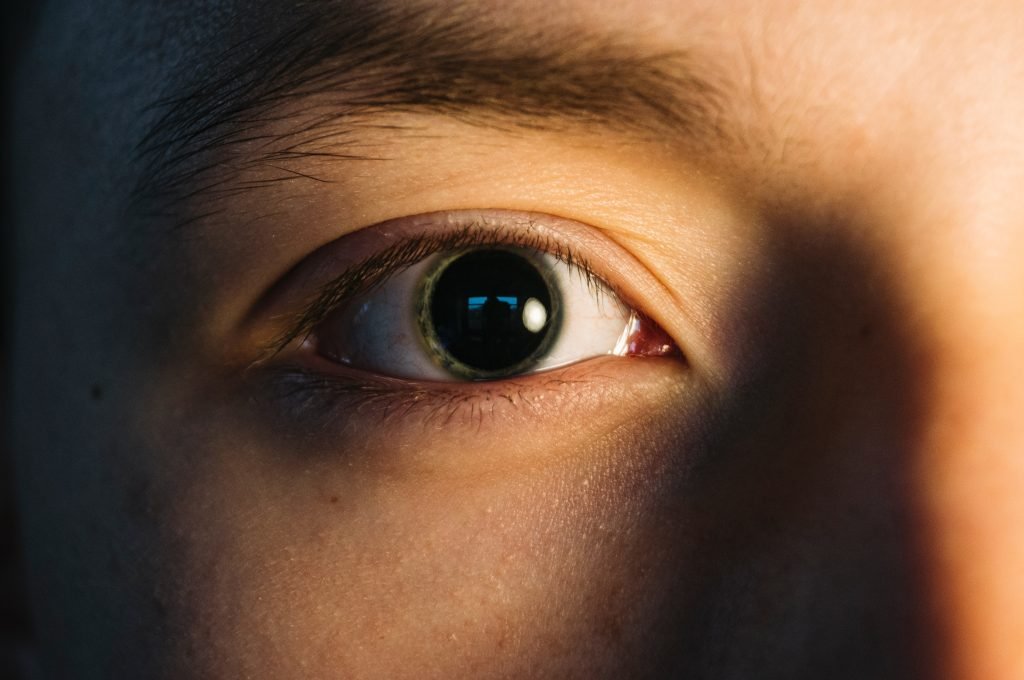It seems evident that the depth that individuals feel and emotionally respond toward stimuli ebbs and flows. Consider, for example, how a person experiences deep elation and joy when listening to their favorite song yet later experiences a dulled affective response when they again listen to the same song. Across all possible emotional experiences, subjective experience in general is measured by valence (how positive or negative an emotion is) and intensity level (Talarico et al., 2004). In addition to the fact that emotional valence and intensity levels fluctuate regularly among each person, people in general vary temperamentally in their frequency and intensity of emotional experience. For instance, some people experience vivid dreams often whereas others do not. Some can easily immerse themselves in a film, whereas others have no natural tendency to do so. Correlations between the perceived strength of subjective experience and the presence of specific variables may suggest that emotional intensity and valence in general are controlled by fundamental properties. What factors play a direct role in the control of emotional intensity and valence? Here, we will specifically explore the workings of attention and imagery ability in relation to emotional intensity level and valence, with the hypothesis that a.) the ability to sustain a mental representation in conscious perception and b.) the mental representation itself predicts subjective response.
While many factors of valid consideration and different levels of analysis exist to interpret conscious experience, it is interesting to note that across emotional experiences of different phenomenal characteristics, a correlation between emotional intensity and degree of attentional engagement can be seen. Many people with ADHD for instance, report experiencing “hyperfocus,” a phenomenon characterized by optimally sustained awareness on task. In conjunction with this ability to “hyperfocus,” many people with ADHD report experiencing strong emotions of varying valence (Van Stralen, 2016). Flow studies demonstrate that allocated attention on task with minimal to no disengagement manifests as the flow experience, suggesting that sustained attention to one task produces a subjective feeling of full immersion (Ashinoff & Abu-Akel, 2019). Among the most recent scientific literature on hyperfocus within the ADHD population, no functional difference between “hyperfocus” and “flow” has been found, suggesting that attentional focus toward a specific task at hand may predict the intensity of the corresponding emotional experience (Ayers- Glassey & MacIntyre, 2021).

Furthermore, research on the functioning of attention and working memory capacity within populations of people with schizophrenia further elucidates the relationship between attentional scope and emotional intensity. In the attempt to understand a finding made by another study that people with schizophrenia have low working memory capacity, one study examined the extent to which schizophrenia is characterized by a hyper focusing of attention toward limited information with impaired ability to distribute attentional resources to other tasks held in working memory (Luck et al., 2019). In other words, they hypothesized that low working memory capacity in those with schizophrenia is due to an intensified control of attention toward fewer stimuli in comparison to controls, overall reducing WMC. To investigate this hypothesis, the study had a sample of those with schizophrenia and those without traits of schizophrenia engage in a working memory task by orienting their eyes to a certain shape of a specific size and color and committing that shape to memory. After being presented with distractor items that shared the color of the target shape, both groups were then cued to indicate the correct shape of the initial target item. The study found that the schizophrenia group had a longer fixation toward distractor items that resembled the target cue held in working memory. They hypothesized that the reason for this was due to representing the distractor item more intensely within their working memory, and that high distractibility toward salient stimuli is not predicted by intensity level of encoding. Because a positive correlation can be seen between degree of attentional engagement and emotional intensity level within ADHD, schizophrenia, and the general experiences of flow, in general, attentional engagement may modulate emotional strength.

However, preceding sustained attention, perhaps conscious awareness of a stimulus in the first place is necessary for a corresponding behavioral and affective response to occur. Various experimental paradigms seem to support this idea that attention and conscious processing are tightly intertwined. For instance, a stimulus presented within someone’s direct line of sight can go completely unnoticed due to providing full attention toward another stimulus in what is known as inattentional blindness (Mack & Rock, 1998). Additionally, in selective attention, direct and surrounding information in the environment can become filtered out when consciousness selectively attends to specific stimuli. This may imply that conscious processing of a stimulus occurs when one is directly aware of it and that processing of the stimulus cannot occur without directly sustaining the task/stimulus within direct attention.
In general, debate about whether attention toward a stimulus is necessary for conscious processing to occur is hotly debated. For instance, one study found that accurate discrimination of a masked stimulus increased above chance as the complexity and luminosity of a stimulus increased at a threshold below awareness, which suggests that the extent of unconscious processing can be altered outside conscious awareness with increasing signal strength and complexity of the masked stimulus (Song & Yao., 2016). However, despite the prevalence of research on subliminal processing and the unconscious, many oppose the idea that unconscious processing operates in a sophisticated manner relative to deliberate, conscious forms of processing. In a report by Greenwald (1992) where he interpreted different paradigms that investigate unconscious forms of processing, Greenwald revealed from a study on selective attention, that subliminal processing is limited in analytic capability compared to deliberate processing. In further support of his claim, he revealed that the accuracy and recall of complex, detailed features of a presented stimuli vary based on the amount of attention placed on task during learning.
Despite the extensive debate regarding the degree of influence that unconscious processes have on human behavior, studies on selective attention reveal that conscious awareness may be limited to what is directly held within the spotlight of conscious awareness, whether through sustained attention or frequent wandering of attention. For example, Cohen et al. (2011) established through a dual task paradigm that inattentional blindness or in contrast, awareness of background scene changes depends on the demands placed on attention. He found that if the demands placed on attention are high, then background scene perception can be rendered blind. However, in previous studies claiming that attention isn’t necessary for detecting background scene changes, attention, which wasn’t wholly occupied by one task, was able to capture the “gist” of the scene. Without denying the prevalence and existence of unconscious processes, this may imply that conscious awareness is limited to what is consciously perceived, which is mediated by either sustained attention on one task/stimulus or by frequent task switching between stimuli often when demands placed on attention aren’t high.
In addition to having awareness of a stimulus, perhaps intensity of affect is also influenced by how well an individual can isolate one task within their awareness while preventing other information from entering their awareness. This may imply that frequent task switching between objects of attention doesn’t allow full processing of a single task at hand. Hence emotional experience or one’s “qualia” will reflect what is subsequently made aware of. One metanalysis of studies examining the effects of task interference on perceived vividness and affect during simulation of an emotional memory indicated that dual task interventions reduce the vividness and emotional experience attached to memories of any valence, suggesting that attentional resources are limited, and that frequent switching of attention reduces the cognitive load needed for adequate processing of stimuli (Engelhard et al., 2021). Similarly, two paradigms that examine the effect of distraction on emotional and sexual response demonstrate that complete reorienting of attention toward a different stimulus effectively reduces the emotional intensity level associated with the initial task. (Heissler et al., 2013) (Abrahamson et al., 1989). All in all, the ability to isolate a task within conscious working memory without becoming conscious of other task-irrelevant items seems to drive intensity of affective response toward the stimulus held in conscious awareness.

A lot has been discussed regarding how attention relates to emotional experience, however, it would be remiss to think that someone’s thought content doesn’t play a role in their emotional experience. When considering naturally varying emotional arousal levels that people form in response to stimuli, whether internally produced stimuli or external, it seems that sensory simulation of thoughts is involved. For instance, when considering people who experience PTSD flashbacks, sensory simulation across visual, tactile, and/or other sensory domains seems to render that flashback “real” as if the person was reexperiencing their flashback (Solomon et al., 2009; McTeague et al., 2010). In fact, many research studies indicate that imagery ability (ability to simulate the senses without actual stimulation of the senses) serves as an “emotional amplifier” of thoughts with the effect of making thoughts more emotionally salient (Keogh et al., 2021). In fact, many studies comparing emotional and physiological responses of people with aphantasia (a condition marked by inability or reduced ability to form mental imagery) to those without aphantasia in response to reading a provocative story revealed that the aphantasia group had diminished emotional and physiological response (Keogh et al., 2021). These results may suggest that strong visualization abilities across different sensory domains may produce stronger affect.

The results of research presented here, namely that lucid visualization and imagery make thoughts emotionally evocative, that attention can either distribute across stimuli (capturing “gist” level information) or orient toward a specific task/stimulus, and that attention off-task reduces the emotional intensity level associated with the initial task, provide grounds for the hypothesis that the degree attention is maintained on task, and the vividness level of the stimulus/task representation predicts emotional valence and intensity level. This hypothesis suggests certain points, the first being that subjective experience is limited to what is specifically made conscious and that the response appropriately reflects what is made aware, whether a sensation, thought, item, etc. Given that our responses are limited to the stimulus/task held in conscious awareness, then switching attention toward different tasks will usher in different responses toward what is made aware, preventing full processing of one task. Hence, in the perspective of this view, the experience of deeply enjoying music entails that attention is unwaveringly sustained on the pleasant thoughts and sensations being perceived. Similarly, perhaps degree of sexual response also depends on how well stimuli is maintained within attention as well as how vividly the stimuli is presented to consciousness. The same can be said of many experiences in general that inherently involve an interrelated relationship between cognition and affect, such as a walk on a nice summer day or the flow experience. The degree that objects of attention are maintained in consciousness with no disinhibition of attention from the main task constitutes emotional experience.
The ideas explored here have many implications for exciting new research. For instance, the finding that the encoding strength of people with schizophrenia results in reduced working memory load could suggest that maintaining vivid mental representations in mind limits attention disinhibiting abilities, which may be required for effective multitasking. Perhaps the same is true of ADHD, a condition that is also associated with reduced working memory load. If so, perhaps the hyperfocus phenomena seen in many people with ADHD is associated with certain symptoms such as forgetfulness and diminished ability to multitask. Additionally, perhaps the hypothesized cognitive framework that issues in greater emotional receptivity (as discussed, ability to maintain a conscious perception in awareness and the vividness level of that representation) predicts better ability to enter a state of immersion as well as ability to experience empathy. Additionally, the causative relationship between attention and imagery strength can further be explored to understand whether increased attention issues in better imagery ability or vice versa.
~ Mona Saii
Mona is a research-based article writer for Breaking Taboo and is pursuing the field of academic research in the subject of cognitive psychology. Mona is especially passionate about the link between cognitive processes and emotion. Mona hopes to encourage dialogue and reflection about the potential processes that underlie different subjective experiences as well as extend her love of psychology. In addition, she is also an artist and loves cats.
References
Abrahamson, D. J., Barlow, D. H., & Abrahamson, L. S. (1989). Differential effects of performance demand and distraction on sexually functional and dysfunctional males. Journal of Abnormal Psychology, 98(3), 241–247. https://doi.org/10.1037//0021-843x.98.3.241
Ayers-Glassey, S., & MacIntyre, P. D. (2021). Investigating emotion dysregulation and the perseveration- and flow-like characteristics of ADHD hyperfocus in Canadian undergraduate students. Psychology of Consciousness: Theory, Research, and Practice. https://doi.org/10.1037/cns0000299
Cohen, M. A., Alvarez, G. A., & Nakayama, K. (2011). Natural-Scene Perception Requires Attention. Psychological Science, 22(9), 1165–1172. https://doi.org/10.1177/0956797611419168
Greenwald, A. G. (1992). New Look 3: Unconscious cognition reclaimed. American Psychologist, 47(6), 766–779. https://doi.org/10.1037/0003-066x.47.6.766
Luck, S. J., Hahn, B., Leonard, C. J., & Gold, J. M. (2019). The Hyperfocusing Hypothesis: A New Account of Cognitive Dysfunction in Schizophrenia. Schizophrenia Bulletin, 45(5), 991–1000. https://doi.org/10.1093/schbul/sbz063
Mack, A., & Rock, I. (1998). Inattentional Blindness. Psycnet.apa.org; MIT Press. https://psycnet.apa.org/record/1998-07464-000
McTeague, L. M., Lang, P. J., Laplante, M.-C., Cuthbert, B. N., Shumen, J. R., & Bradley, M. M. (2010). Aversive Imagery in Posttraumatic Stress Disorder: Trauma Recurrence, Comorbidity, and Physiological Reactivity. Biological Psychiatry, 67(4), 346–356. https://doi.org/10.1016/j.biopsych.2009.08.023
Mertens, G., Lund, M., & Engelhard, I. M. (2021). The effectiveness of dual-task interventions for modulating emotional memories in the laboratory: A meta-analysis. Acta Psychologica, 220, 103424. https://doi.org/10.1016/j.actpsy.2021.103424
Schönfelder, S., Kanske, P., Heissler, J., & Wessa, M. (2013). Time course of emotion-related responding during distraction and reappraisal. Social Cognitive and Affective Neuroscience, 9(9), 1310–1319. https://doi.org/10.1093/scan/nst116
Solomon, Z., Horesh, D., & Ein-Dor, T. (2009). The Longitudinal Course of Posttraumatic Stress Disorder Symptom Clusters Among War Veterans. The Journal of Clinical Psychiatry, 70(6), 837–843. https://doi.org/10.4088/jcp.08m04347
Song, C., & Yao, H. (2016). Unconscious processing of invisible visual stimuli. Scientific Reports, 6(1). https://doi.org/10.1038/srep38917
Talarico, J. M., LaBar, K. S., & Rubin, D. C. (2004). Emotional intensity predicts autobiographical memory experience. Memory & Cognition, 32(7), 1118–1132. https://doi.org/10.3758/bf03196886
Van Stralen, J. (2016). Emotional dysregulation in children with attention-deficit/hyperactivity disorder. ADHD Attention Deficit and Hyperactivity Disorders, 8(4), 175–187. https://doi.org/10.1007/s12402-016-0199-0
Wicken, M., Keogh, R., & Pearson, J. (2021). The critical role of mental imagery in human emotion: insights from fear-based imagery and aphantasia. Proceedings of the Royal Society B: Biological Sciences, 288(1946), 20210267. https://doi.org/10.1098/rspb.2021.0267

